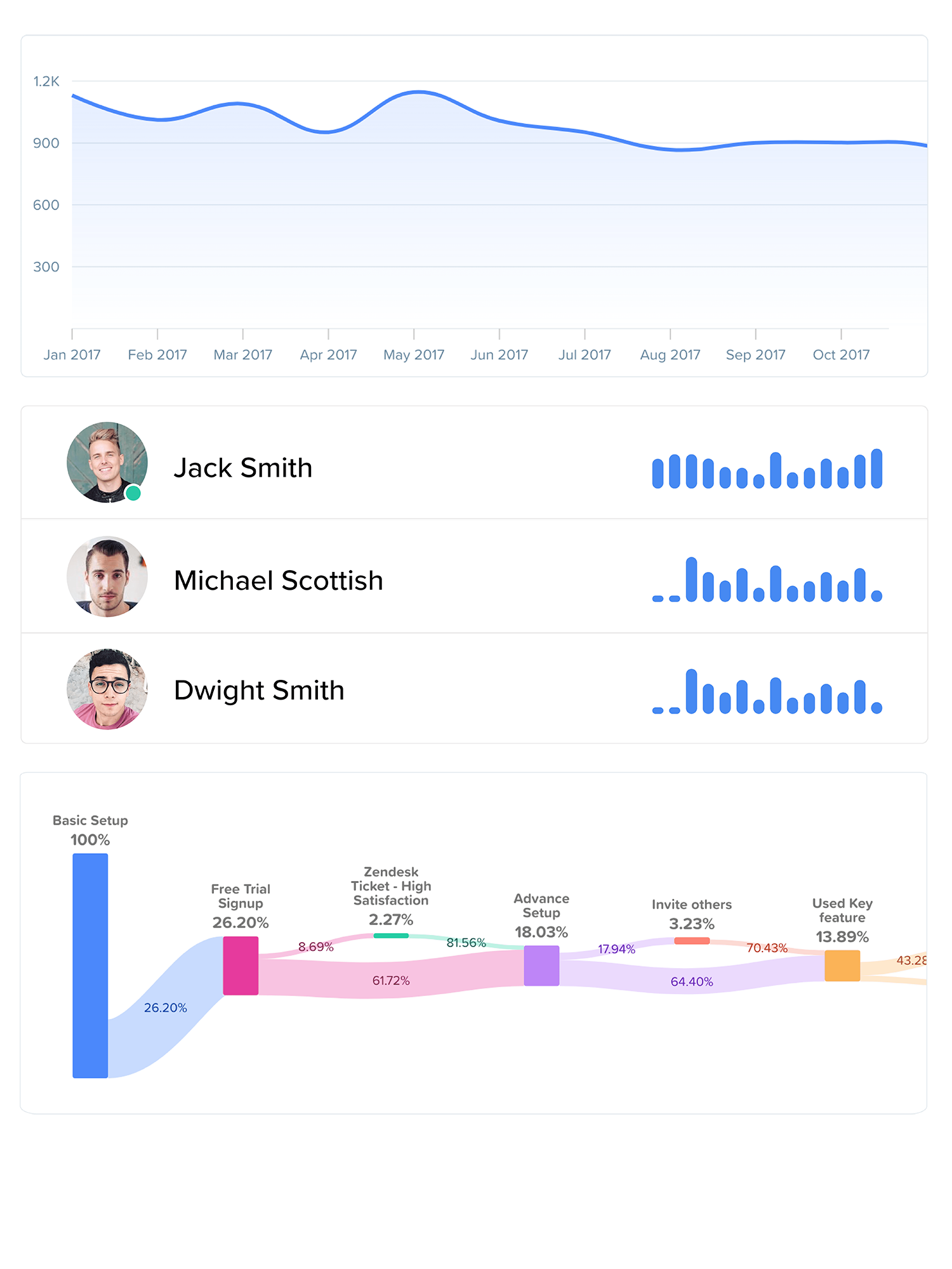Customers digitally interact with organizations multiple times before reaching any goal. These repeated interactions make up what is called the customer journey. The overall experience across these channels, where customers interact with organizations, make up the customer experience.
By capturing each step of the customer journey, organizations have an accurate representation of their customers’ wants and needs, enabling them to create a superior product that meets customers’ needs in real-time. All of this information is crucial to better understanding and improving the interaction with your target audience. This allows organizations to capture sales and marketing efforts through open, integrated data and create alerts to identify issues before damaging the customer experience.
Your customers can’t wait to engage with your brand, but they expect everything to be frictionless and simple once they do. And without customer journey analytics, it’s just not going to happen.
What’s The Solution? Optimize and monitor your customer journeys and customer experience.
You’re about to learn how strategically optimizing these two ideas will increase customer loyalty and satisfaction, while decreasing returns and churn.
Customer Journey vs. Customer Experience: What’s the Difference?
The customer journey is the specific progression of users across touchpoints, and identifying a customer journey allows it to be analyzed to uncover critical obstacles and opportunities. Customer experience is how well the overall experience across the entire customer journey matches customer expectations.
Woopra offers end-to-end customer journey analytics that brings marketing automation and customer analytics to create better customer experiences. Because better targeted and consistent experiences are more relevant and valuable to your customers.
But what are customer journeys, and what is customer experience?
The difference is easily confusing, as customer journeys and customer experience are closely intertwined. After all, customer journeys map the customer experience.
What Is A Customer Journey?
The customer journey provides a roadmap to plan for future investment in your products and services.
For example, your customer journey might begin with a customer visiting your website or shopping on your site, progressing to an email with a coupon for a $100 off a future purchase, following up with a phone call, and finally, an in-person visit.
Also Read: Customer Journey Template
By collecting data on the customer journey, it can be analyzed to provide insights into your current customers’ current obstacles, opportunities, and market segmentation.
Customer journeys help you make smarter decisions faster. Here are a few things customer journeys can generally tell you:
- How customers use your product
- Which campaigns drive success across departments
- The different attributes of your user segments
- Know where customers have been, what they’re trying to achieve, and why specific issues led them down a particular channel.
And customer journeys can answer more specific questions, including:
- How many users did you convert from AdWords?
- How do onboarding emails impact conversions?
- How do support tickets impact NPS?
- How does blog engagement affect free trial signups?
- How does live chat impact conversions?
- Where are we losing customers during onboarding?
- How effective is our retargeting campaign?
- Is viewing the pricing page deterring people from signing up for the service?
- How many emails should marketing send to re-engage a disengaged user?
- At what point in the journey is the company losing most of its users?
- Which campaigns are the most effective for acquiring successful customers?
- What is the retention rate of the new cohorts, and how does it compare to older ones?
To analyze customer journeys, companies use customer analytics and product analytics tools to answer these types of questions and create a customer journey map. By implementing intelligent customer journey analytics, you’ll increase conversions, improve brand loyalty, and deliver actionable insights into how to improve every facet of your customer experience.
Why is a Customer Journey Map Important?
Having a customer journey map is essential to visualize customer progression through the touchpoints that make up your customer experience. Doing this will help you understand how every single touchpoint affects the customer experience to drive growth, retention, and customer success.
Creating this map forces you to look at your business from the customers’ perspective instead of your own view. And to do that, you have to understand your target audience.
Mapping the customer journey is vital because every purchase path is not as linear as the all-too-common funnel model would have us believe. Traditional funnels fall short because they don’t give employees the ability to create journeys that align with what the customer is actually experiencing. You have to leverage journey analytics to see the world as your customers do.
So how can you create a customer journey map?
- Get started with Woopra.
- Woopra will identify visitors and users on your website.
- Tailor Woopra to track any combination of custom actions such as payments, logins, product engagement, etc.
- Integrate Woopra with the tools you already use to unify touchpoints across the organization.
- Now you can see the world as your customers do with the Journey Report.
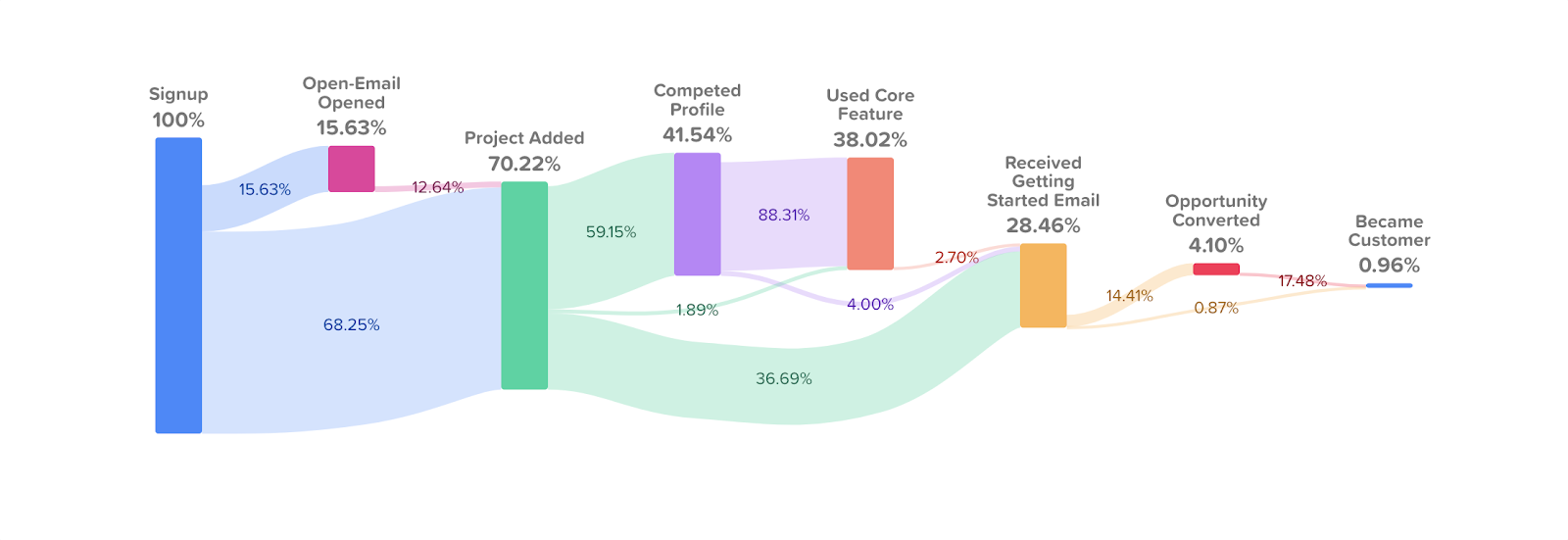
Now it’s effortlessly easy to answer questions like:
- Which of my email marketing campaigns drove the most conversions last year?
- Where am I losing potential users during onboarding?
- What are my highest performing customer segments?
- How many users read documentation or submit a support ticket before becoming a customer?
- What are my buyer intent keywords?
With built-in Woopra reports, you can now monitor and analyze the future growth of critical metrics such as User Retention and Customer Lifetime Value.
Customer Journey Map Examples
Customer experience is now the organization’s responsibility, and Woopra helps you simplify data unification across the enterprise to make data-driven decisions. You need to take the journey to customer intelligence: where the marketing, sales, product, engineering, customer success, and other teams can access and share real-time, cognitive insights to deliver superior value for customers every step of the way.
eCommerce Customer Journey Map Example
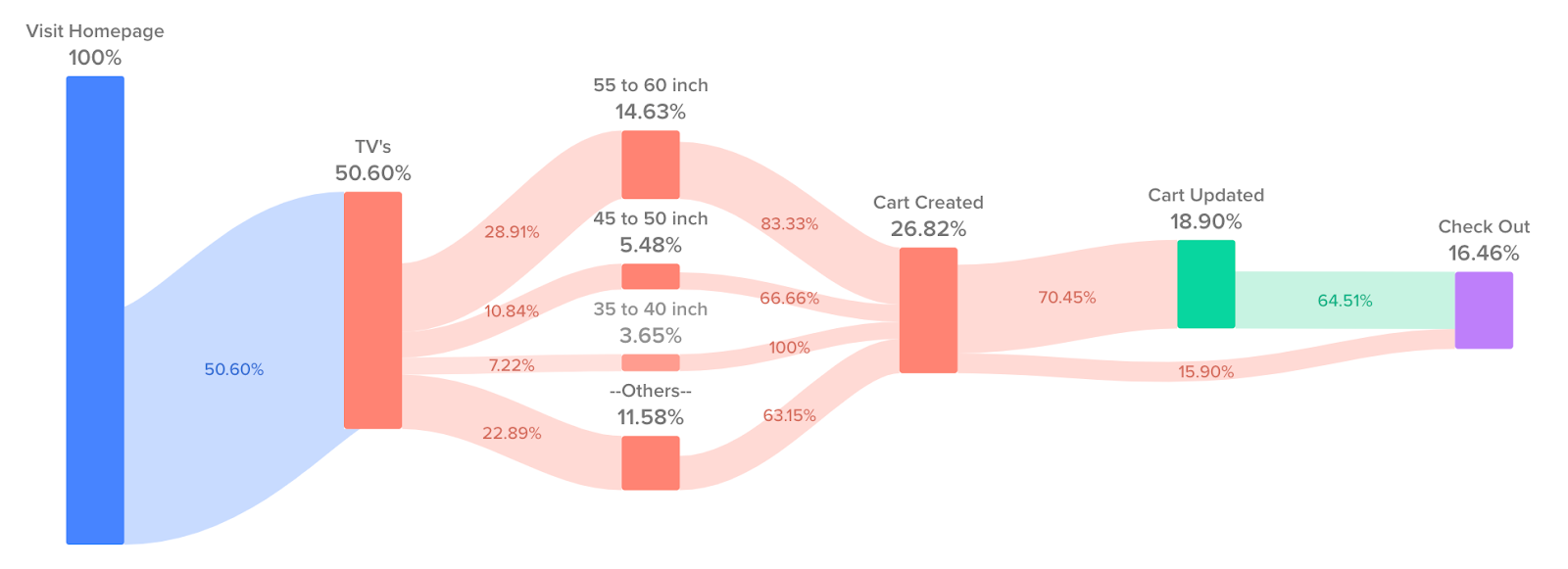
With eCommerce data like this, you can see how many sales you’re making, what your conversion rates look like, and what products are performing the best. You can even drill down into a list of users who didn’t make a purchase. This is beneficial info and allows marketing to re-engage these users by sending them a promo code.
SaaS Customer Journey Map Example
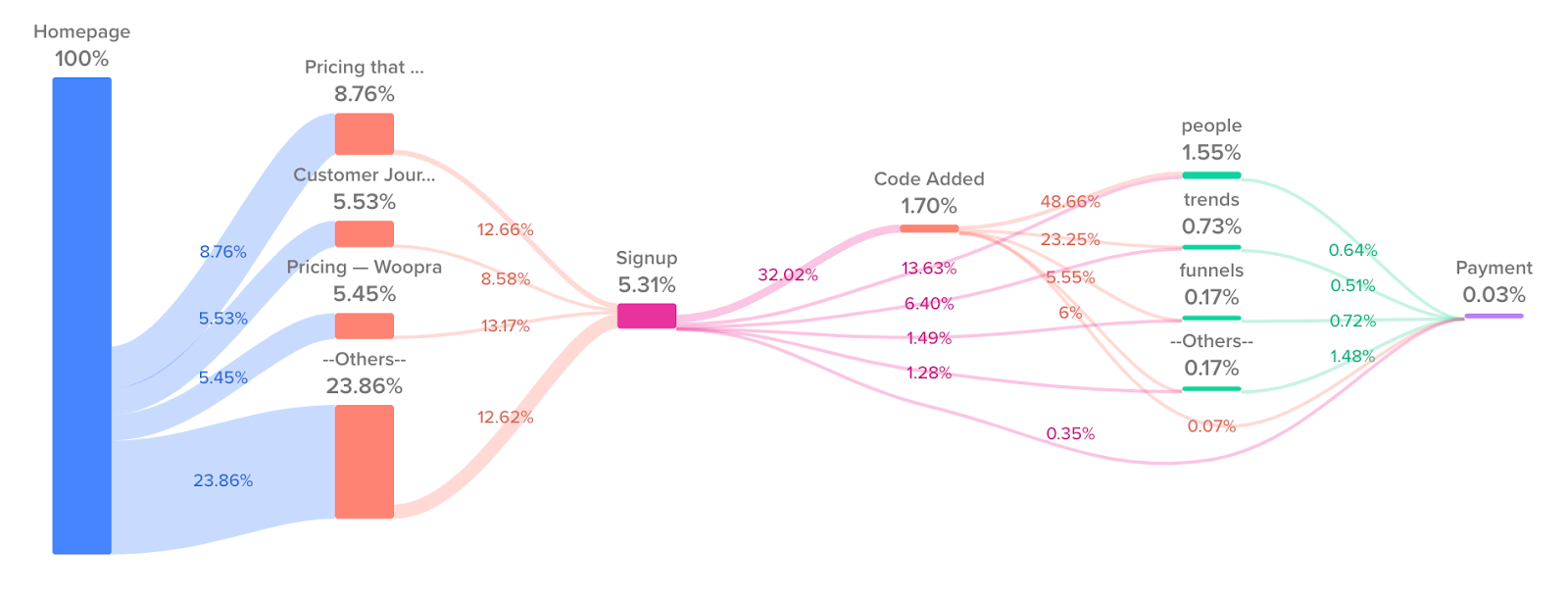
With SaaS data like this, you can pinpoint areas of improvement by seeing where users drop off. In this journey map, we can see that less than a third of users add code to their site after signing up. And now, we know that this step is a bottleneck in the conversion process and needs improvement.
If these customer journey map templates don't apply to you, know that these are just two examples. Every business has a different customer journey.
What is Customer Experience?
Customer experience involves every aspect of a company, from customer service to product and service packaging.
Direct impacts on customer experience generally start with customer purchasing and using your service. In contrast, indirect effects on customer experience are more spontaneous events such as word-of-mouth reviews, advertising, and news reports.
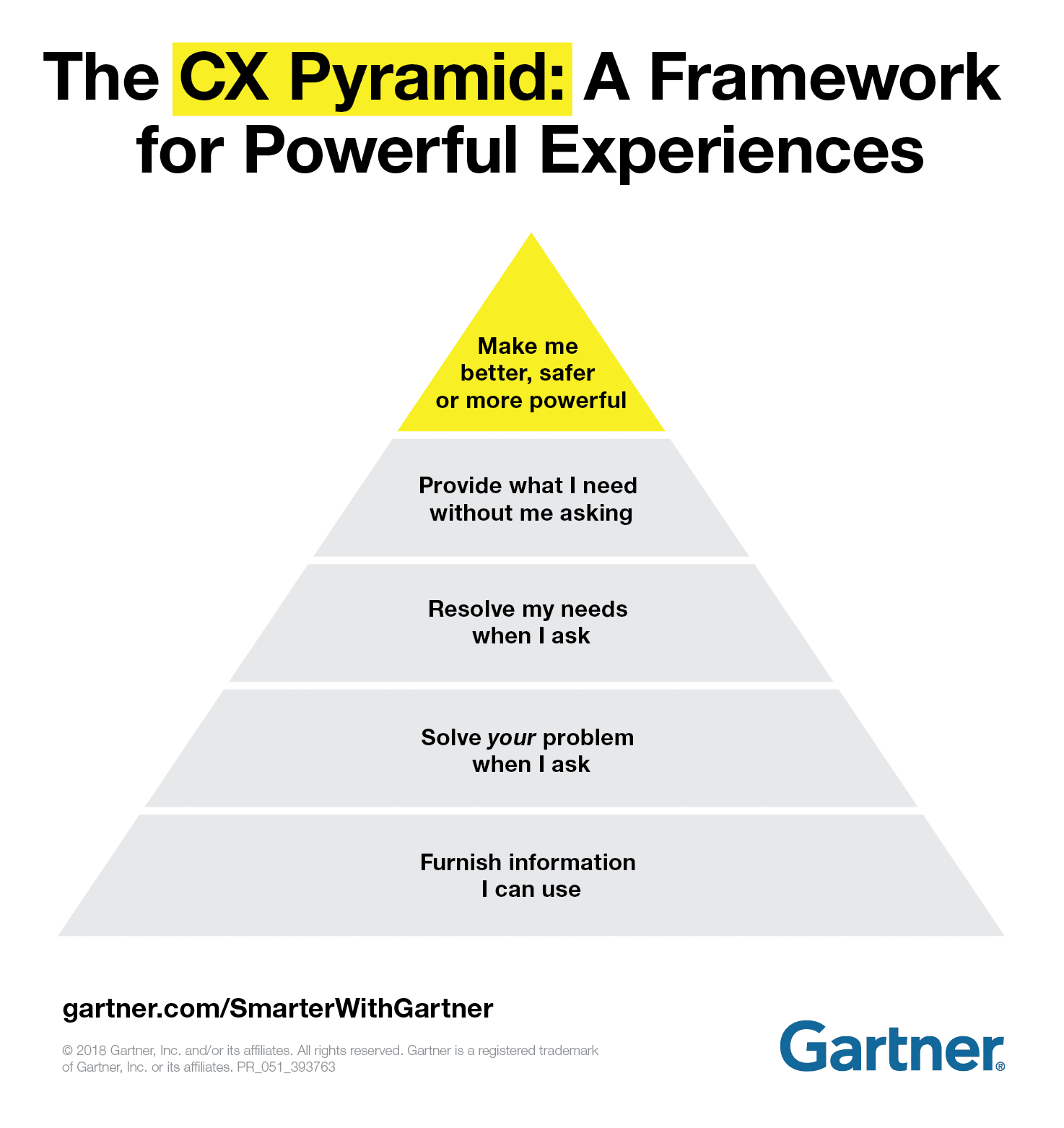
Source: Gartner
The top tier of customer experience makes customers feel better, safer, or more powerful from their interactions with your employees, systems, channels, and products.
For example, as a business owner, you’re busy managing customer service tasks to business finances. That’s why you deserve an invoicing system that puts you on the fast track to getting paid the right way. So Freshbooks lets you create easier than ever with their free invoice templates from FreshBooks, you can download, customize, and send customized templates in minutes.
If you deliver an experience like this that leads to higher lifetime value for customers (including repeat customers), you’ll reach better business outcomes.
Optimize for Conversion & ROAS Now! Explore Woopra in a demo and enjoy a 2-week free trial: https://www.woopra.com/demo
Why is Customer Experience Important?
Customer experience is a strategic marketing investment. It’s strategic because customer experience can be optimized. And in any competitive environment, if you have the same strategy as everyone else, it’s not an approach that will move you forward.
Mapping customer experience will help you understand general human behavior to create a baseline understanding of how customers experience your company.
Optimizing your customer experience will bring an increase in:
- Repeat customers
- Positive reviews
- Recommendations
- Customer loyalty
- Customer satisfaction
- Word-of-mouth marketing
All while bringing a decrease in the friction of events like complaints, returns, and churn.
Every business can benefit by improving the customer experience. Your customers are the best resource to grow your brand awareness positively. To make a great customer experience, you have to create customer journey maps, understand your customers, and establish a connection with customers to get feedback and build a community.
However, transforming customer experience is often the most time-consuming and challenging part of customer journey management. Utilizing technology like Woopra and developing internal expertise can quickly set your organization apart from the pack.
It’s essential to treat your customers like they have a choice because customers always have a choice in the long run.
Customer Experience Examples
To leverage journey analytics and see the world as your customers do, Woopra Journeys optimizes the total customer experience and fully equips you with real customer data, cross-departmental touchpoints, product engagement, behavioral analysis, and more.
Airline Customer Experience Example
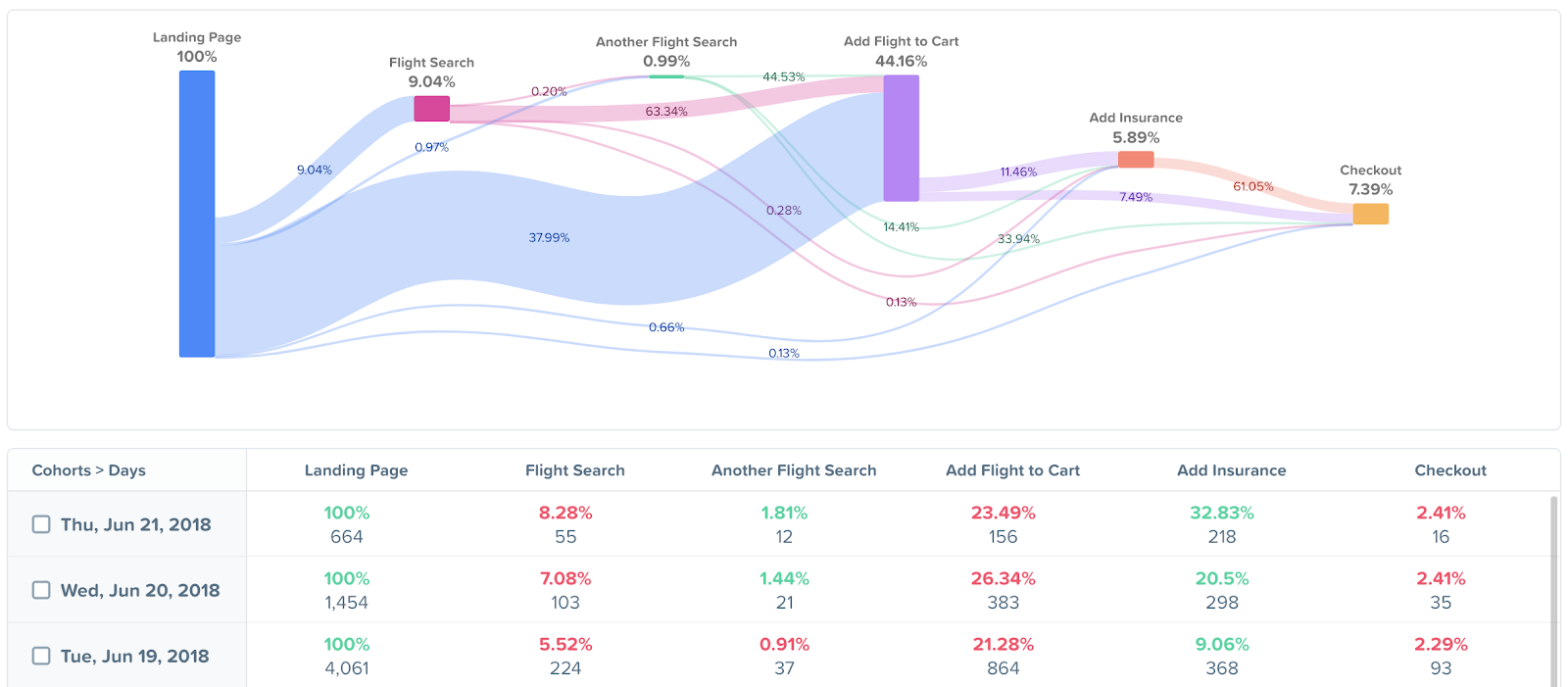
When customer experience is measured with Woopra, you can see the steps users take before booking a flight. You can add your user’s goals to viewing their first landing page, first flight search, a second flight search, adding a flight to the cart, adding insurance, and checking out.
You can then improve customer experience by seeing users who came to your website, signed up for a free trial, added a payment method, downloaded the mobile app, and then upgraded to a paid subscription.
SaaS Company Customer Experience Example
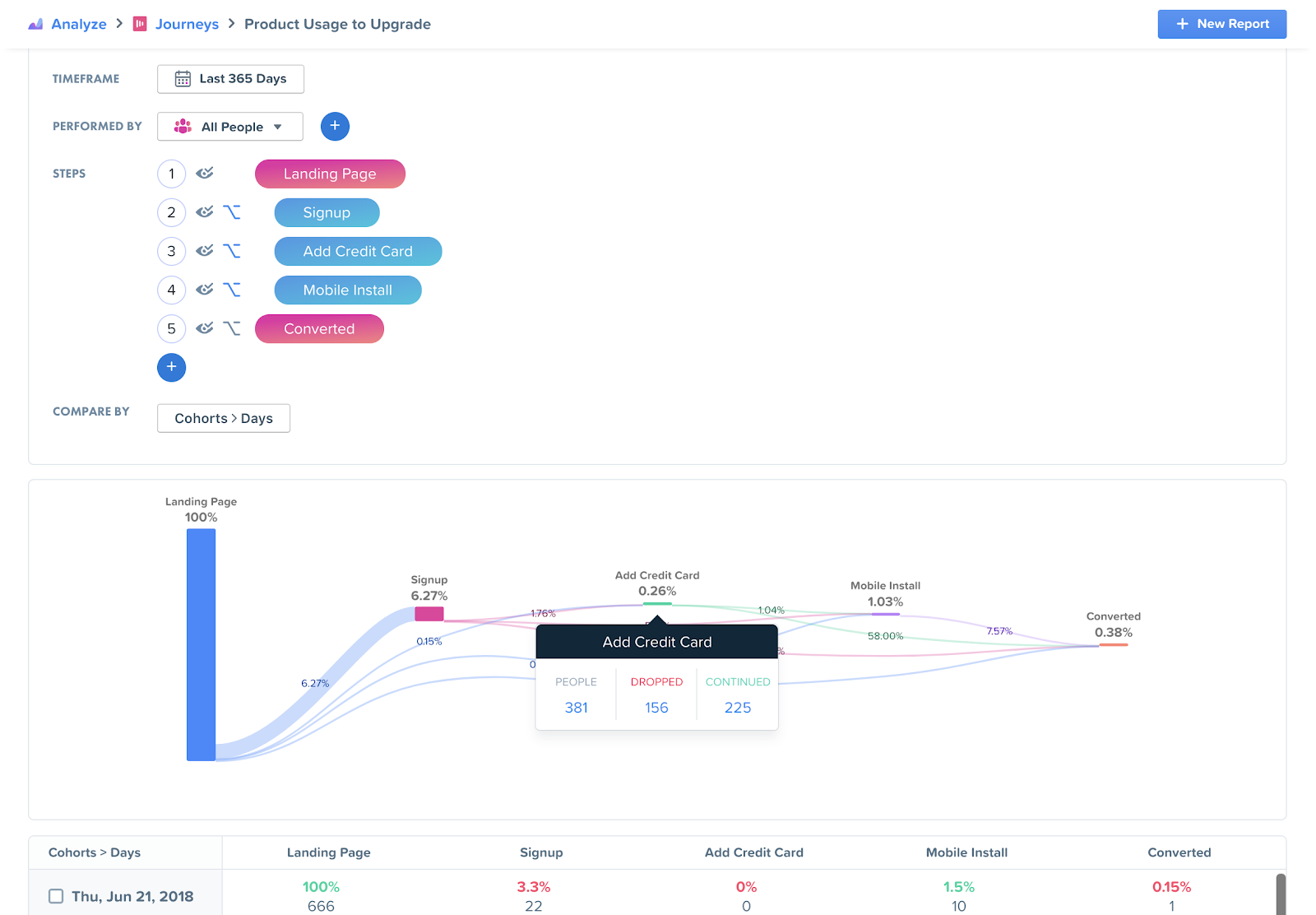
When you measure a SaaS company customer experience with Woopra, you can answer, “are users engaging with a new product feature more likely to upgrade?” And, “if they do upgrade, how likely are they to churn?”
Then, improve customer experience by seeing users who came to your website, signed up for a free trial, added a payment method, downloaded the mobile app, and then upgraded to a paid subscription.
Customer Retention Examples
Again, customer experience affects several critical areas, including repeat customers, customer satisfaction, and customer loyalty.
When combined, these factors heavily impact customer retention, which is absolutely vital to a company’s success and longevity. For perspective, increasing customer retention by just 5% can boost profits by as much as 75%.
Mobile Logins Example
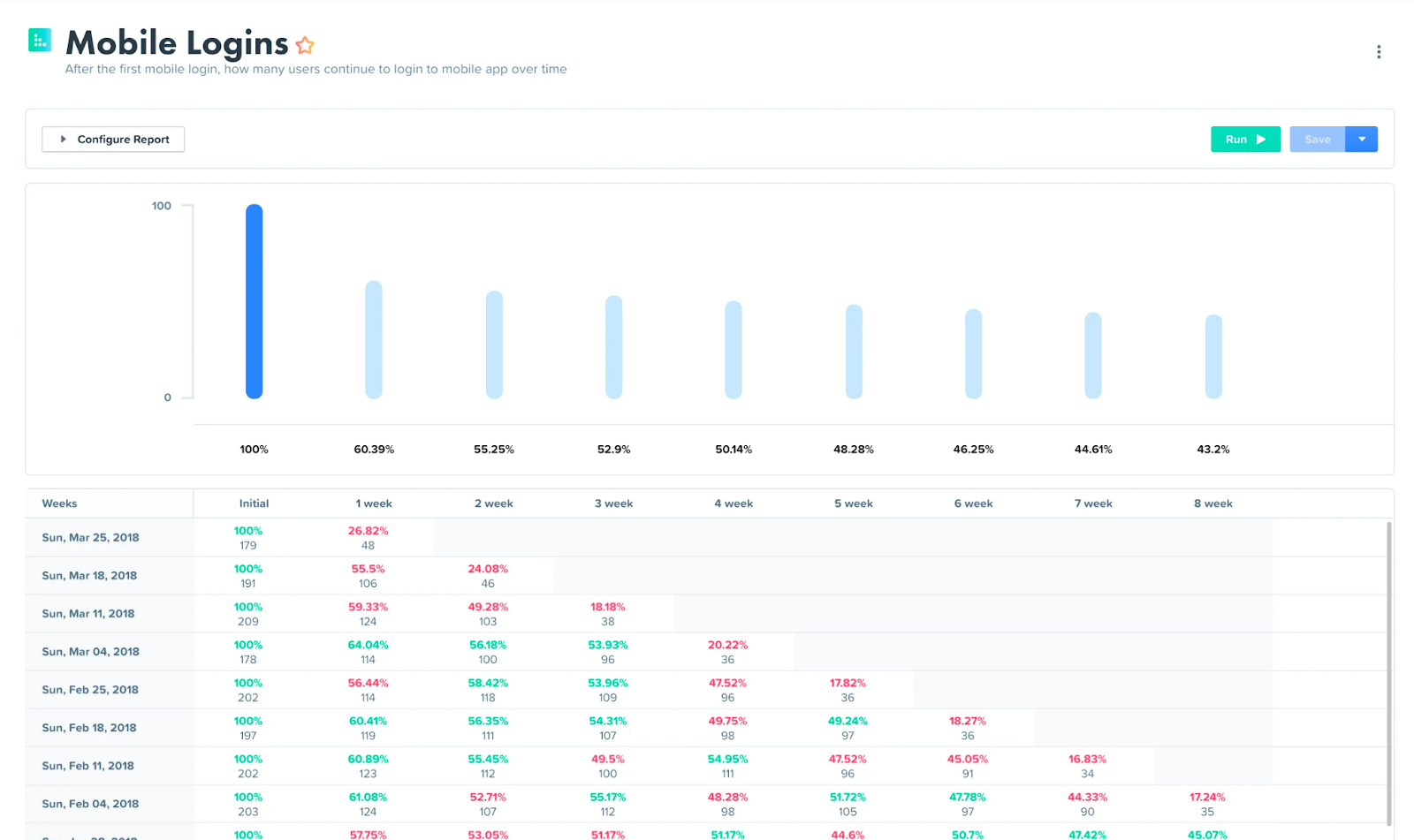
With this Woopra data, you can accurately monitor key actions that are integral to retention, such as customers continuing to use core product features, or in this example, logging into your mobile app over time.
In turn, you can gain a detailed overview of customer engagement to determine if your retention rate falls within healthy bounds or if it’s lower than what it should be.
Enterprise Engagement and Churn Example

Churn is a natural part of running any business, and a certain churn rate is inevitable.
But once it exceeds a normal rate, it usually means the customer experience is lacking and adjustments need to be made.
With this Woopra data, you can objectively track both product engagement and churn over a period of time, identify why you’re losing customers, and figure out how to retain a larger percentage of customers in the future.
Summary
The customer journey is how customers progress across your organization’s touchpoints. Identifying customer journeys allows you to uncover critical obstacles and opportunities that improve your customer experience.
You need to make your customers feel better, safer, and more powerful whenever they interact with your employees, systems, channels, or products. Woopra makes it easy to implement customer journeys that let your team's drive growth, retention, and customer success.
Strategically optimizing your customer journey and customer experience will increase customer loyalty and satisfaction while decreasing returns and churn. It’s time to shift the focus from decision making backed by opinions to decision making supported by data. Data-based marketing that’s designed to engage every stage of the customer journey.

